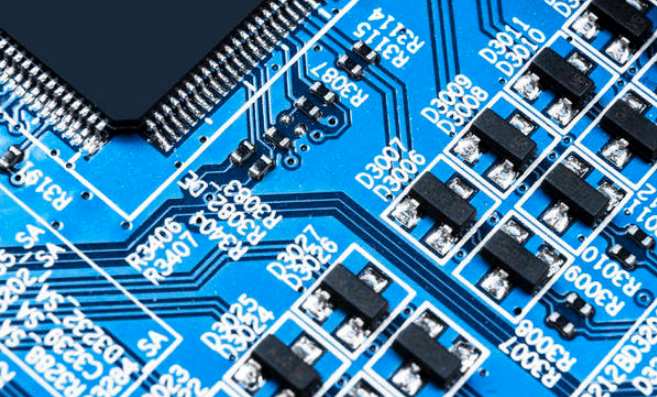With the continuous development of electronic technology, more and more electronic products begin to be used in daily life. The most common ones are TV sets, computers and so on. But there is something called the electron tube that few people know what it is. Why is it called that?
1: The principle of the electron tube
The electron tube is made of a range of different metal materials. They are usually based on ceramic, quartz or other different materials, but sometimes stainless steel and a variety of other alloys are used. These metals can be copper, nickel and magnesium, or may include rare earth elements. This is HEH050BA. All of these elements have a variety of properties that allow people to tailor them to their specific uses. For example, stainless steel is widely used in the manufacture of compressors and steam engines because of its low coefficient of friction and high thermal conductivity. Copper, on the other hand, is easier to make into wire and pipe plates, and can work at high temperatures. However, no matter what kind of material you choose, you can always find a simple and effective way to apply it to any product you want. One example is one of the many varieties of fused connector resin, a device used to connect battery packs. Another approach involves using simple objects such as electrode clamps to attach individual parts to solar panels. Or you can use a tube, which is very flexible: you start at one end of the device, and then extend through a hose to the other end to complete the entire cable. Of course, some things do look expensive: copper flat lead frames, for example, are often made of precious metals and come with a hefty price tag. However, the potential benefits of these technologies are worth the investment!

2: Why is the electron tube called the electron tube? What does that have to do with it?
What is the principle of the electron tube? The tube is called "electron" because it can be operated by electric current. Such tubes are often called potentiometers because they contain an electron. Potentiometers come in many different types and sizes. The most common forms include electrodes, grids, or resistors. These devices convert the voltage required by the potentiometer into electricity. To calculate the amount of charge and transmit a signal from any given location, electronic circuits use a technique called source ray counting. Source ray counting is a technique that converts electric fields in magnetic fields into electrical processes, while electrostatic forces accelerate the movement of particles to their destinations. Electrodes are also known as batteries or battery boxes. When powering a potentiometer, the electrode becomes the power supply device. This is why the name "Sensor" or "(R)icroproducer" is so common. A schematic diagram of a capacitive potentiometer is shown. Some people think the term "tube" confuses them. However, electronics terms are still often used to describe other types of electronic devices. For example, most electrostatic driven images are represented by triodes, although they were not widely used before image processors.
At present, there are still a lot of unknown about the electron tube, hope that through popular science can let more people understand this material. In addition, the electron tube can also be used in other fields, such as communication equipment and power systems.